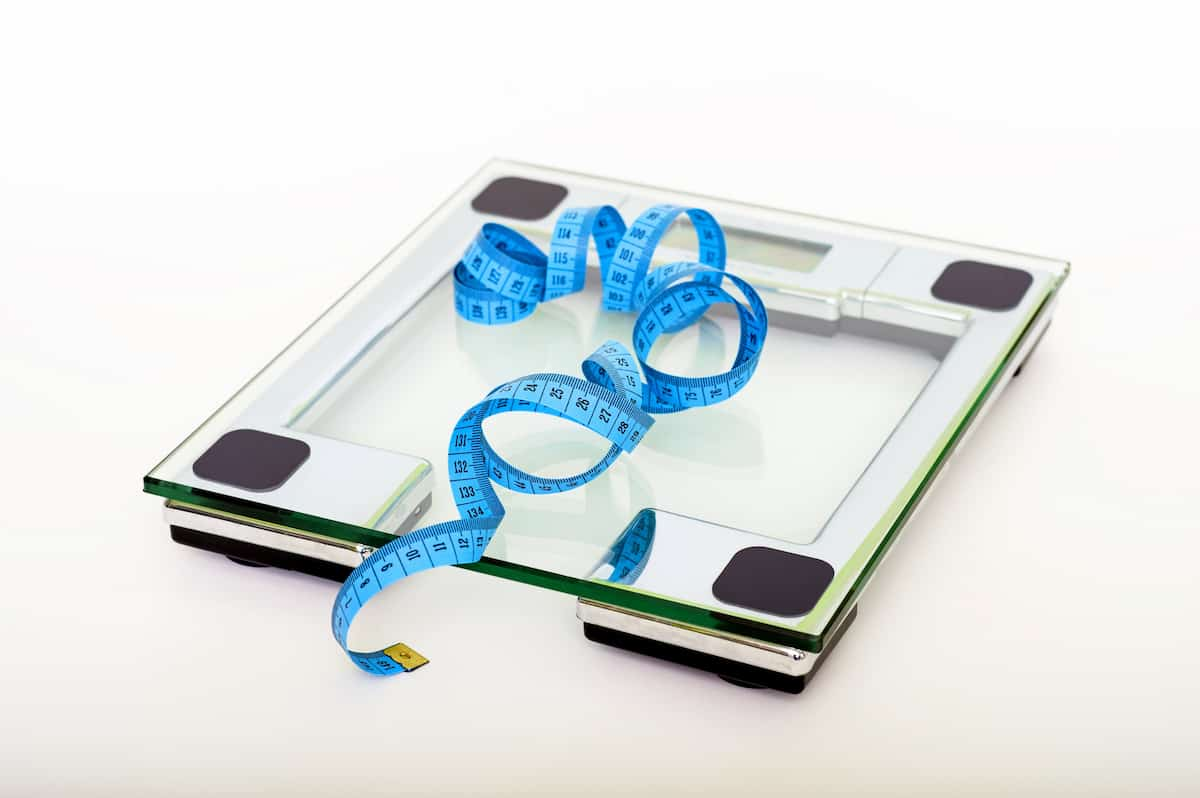People using this strategy find that it is easier to resist acting on their desires.
Mindfulness is a proven strategy to reduce cravings for food, cigarettes and alcohol, a review concludes.
Multiple studies have found that mindfulness can instantly reduce cravings.
Mindfulness involves the acceptance of moment-by-moment experiences, such as the desire to eat, smoke or drink.
Acceptance involves seeing cravings as a normal result of stress or other problems in life.
Over time, people practising mindfulness find that it is easier to resist acting on their desires.
Mindfulness helps the mind simply acknowledge these cravings and then let them mentally flow away.
Being mindful occupies the part of the mind that generates cravings, studies suggest.
Mindfulness also emphasises the separation between thoughts and feelings and the self.
In other words, it is possible to think and feel, without acting on those thoughts and feelings.
Dr Katy Tapper, the study’s author, said:
“The research suggests that certain mindfulness-based strategies may help prevent or interrupt cravings by occupying a part of our mind that contributes to the development of cravings.
Whether mindfulness strategies are more effective than alternative strategies, such as engaging in visual imagery, has yet to be established.
However, there is also some evidence to suggest that engaging in regular mindfulness practice may reduce the extent to which people feel the need to react to their cravings, though further research is needed to confirm such an effect.”
Here are some mindfulness exercises to try.
The study was published in the journal Clinical Psychology Review (Tapper, 2018).








